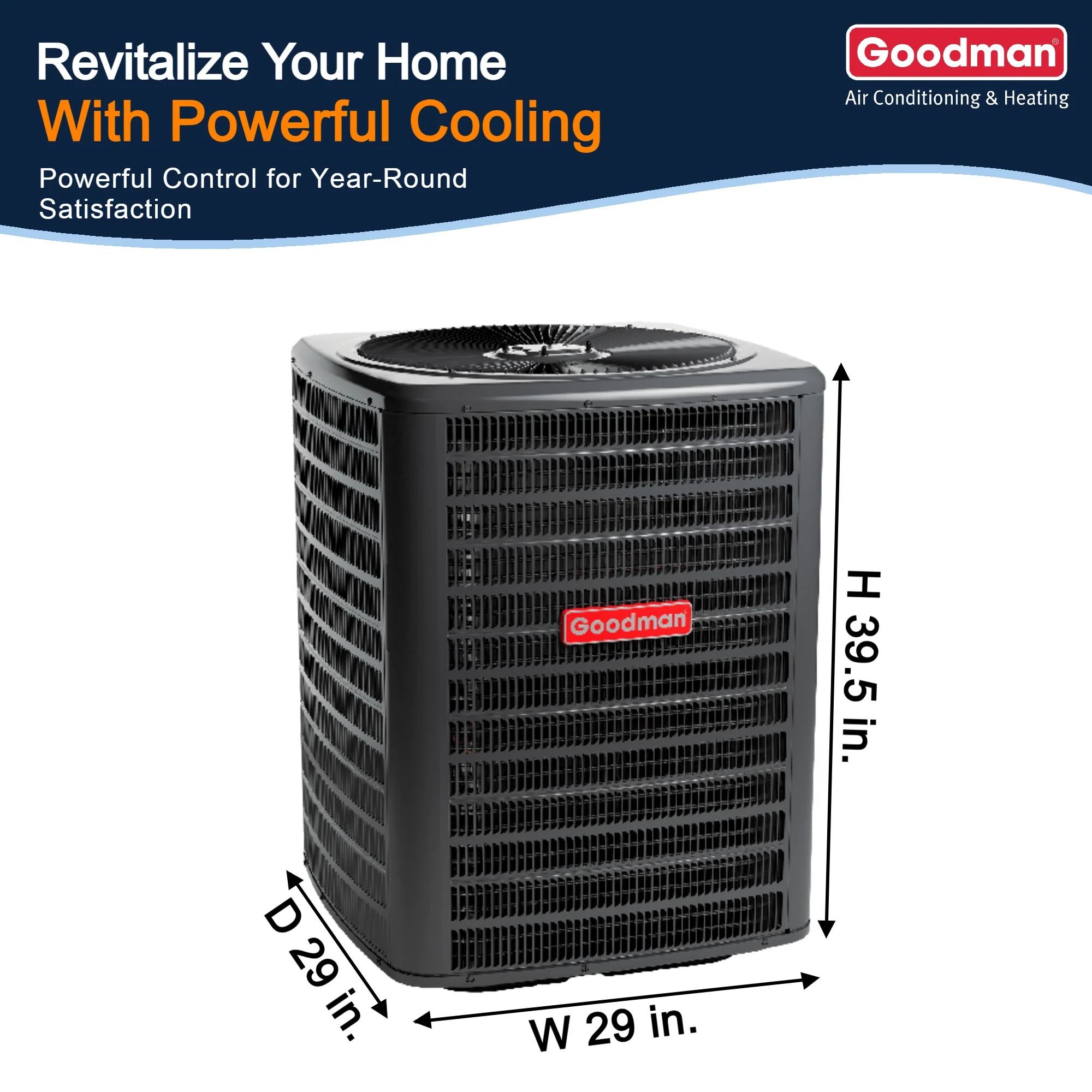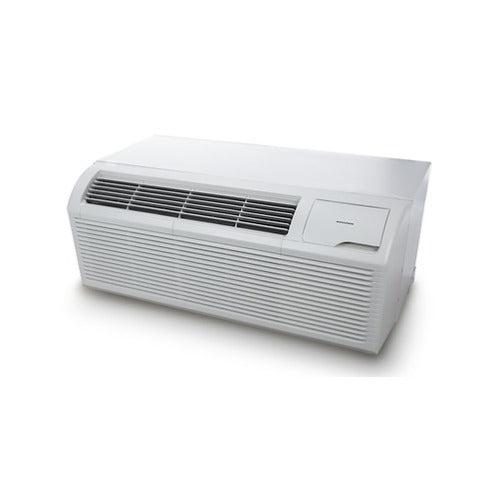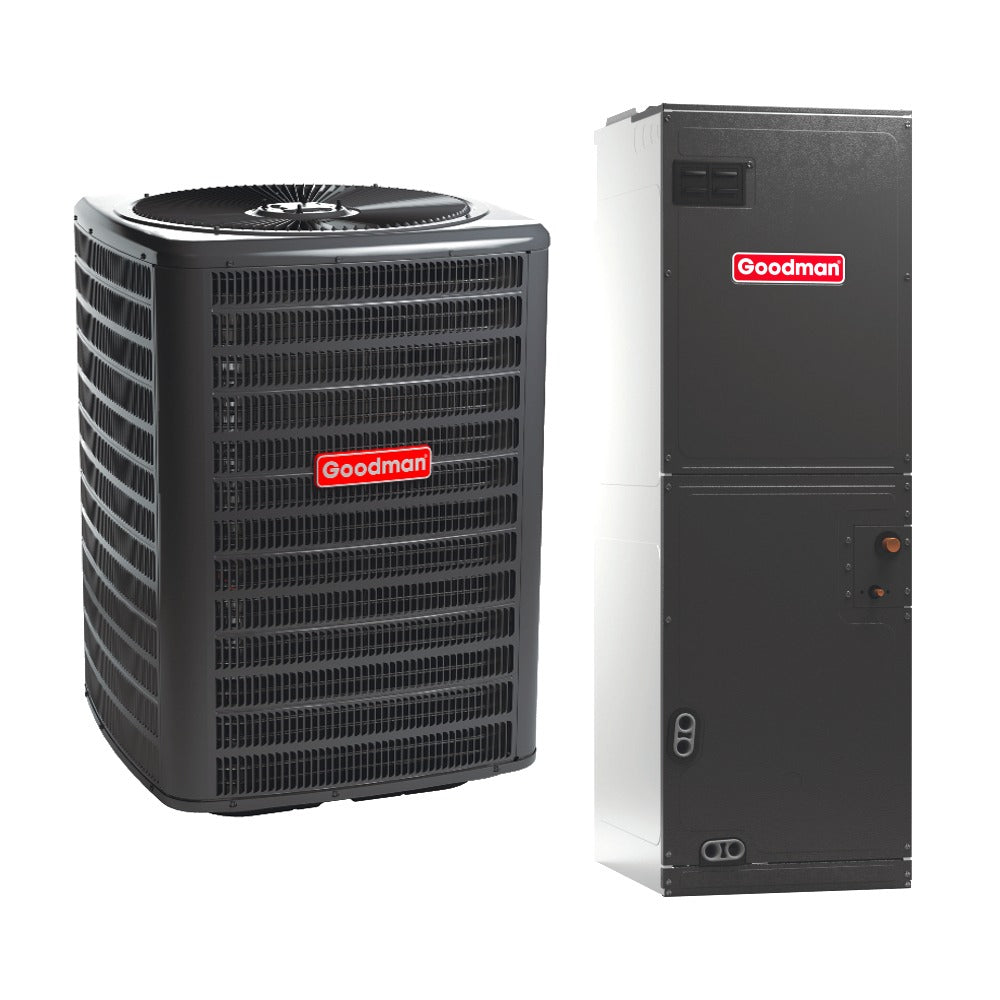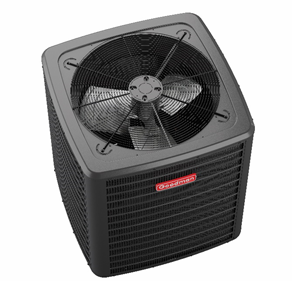Investing in a 5-ton air conditioning (AC) system paired with a gas furnace is a significant decision that requires careful consideration of various factors, including cost, energy efficiency, and environmental impact. This guide aims to provide beginners with a comprehensive understanding of the cost analysis involved in such an investment, focusing on systems utilizing R-32 refrigerant. We'll explore key concepts like BTU, SEER2 ratings, and the roles of organizations like ASHRAE and the EPA in regulating these systems.
Understanding Key Terms
-
BTU (British Thermal Unit): A unit of measurement for energy; in the context of AC systems, it quantifies the amount of heat an air conditioner can remove from a space per hour.
-
R-32 Refrigerant: A modern refrigerant known for its lower environmental impact and higher energy efficiency compared to older refrigerants. It has a lower Global Warming Potential (GWP), making it a more environmentally friendly choice. However, R-32 is mildly flammable, necessitating proper handling and installation by certified professionals.
-
SEER2 (Seasonal Energy Efficiency Ratio 2): An updated metric that measures the cooling efficiency of AC systems over a typical cooling season. Higher SEER2 ratings indicate more energy-efficient units, leading to lower operating costs. For instance, upgrading from a 14 SEER2 unit to an 18 SEER2 unit can result in up to 35% energy savings.
Cost Components of a 5-Ton R-32 AC and Gas Furnace System
-
Initial Purchase Price
The upfront cost of the equipment varies based on brand, efficiency ratings, and included features. For example, a 3-ton Goodman system with a 15.2 SEER2 rating and 80% AFUE (Annual Fuel Utilization Efficiency) is priced at approximately $3,611.28.
While this example is for a 3-ton unit, 5-ton systems will generally be more expensive due to their larger capacity. -
Installation Costs
Professional installation is crucial for ensuring system efficiency and safety, especially when dealing with R-32 refrigerant. Installation costs can vary widely based on regional labor rates, the complexity of the installation, and any necessary modifications to existing ductwork or infrastructure. It's advisable to obtain multiple quotes from certified HVAC professionals to get a clear understanding of installation expenses.
-
Operational Costs
Energy consumption significantly impacts the long-term cost of owning an HVAC system. Systems with higher SEER2 ratings, while potentially more expensive upfront, can offer substantial savings on energy bills over time. For instance, upgrading from a 14 SEER2 unit to an 18 SEER2 unit can lead to up to 35% energy savings.
-
Maintenance and Repair Costs
Regular maintenance is essential to keep the system running efficiently and to prevent costly repairs. Maintenance tasks include filter replacements, coil cleaning, and system inspections. Additionally, since R-32 is mildly flammable, any refrigerant-related maintenance should be performed by EPA-certified technicians to ensure safety and compliance with regulations.
Regulatory Considerations
-
ASHRAE Standards: The American Society of Heating, Refrigerating and Air-Conditioning Engineers (ASHRAE) provides guidelines and standards for HVAC systems, including those using R-32 refrigerant. These standards ensure systems are designed and operated for optimal performance and safety.
-
EPA Regulations: The Environmental Protection Agency (EPA) oversees the management of refrigerants to prevent environmental harm. Under Section 608 of the Clean Air Act, the intentional release of refrigerants during maintenance, service, repair, or disposal of AC equipment is prohibited. Only certified technicians are authorized to handle refrigerants like R-32.
Environmental Impact and Energy Efficiency
Investing in a system with a higher SEER2 rating and using R-32 refrigerant contributes to reduced environmental impact and enhanced energy efficiency. R-32 has a lower GWP compared to many older refrigerants, aligning with global efforts to reduce greenhouse gas emissions. Higher SEER2 ratings indicate more efficient energy use, leading to lower carbon footprints and energy bills.
Conclusion
Investing in a 5-ton R-32 AC and gas furnace system involves evaluating various factors, including initial costs, installation, operational expenses, and maintenance. Understanding key concepts like BTU, SEER2, and the implications of using R-32 refrigerant is crucial for making an informed decision. Adhering to ASHRAE standards and EPA regulations ensures the system operates safely, efficiently, and in an environmentally responsible manner. Consulting with certified HVAC professionals can provide personalized insights tailored to your specific needs and regional considerations.
Additional Resources
For further information on HVAC systems, refrigerants, and energy efficiency, consider the following resources:







